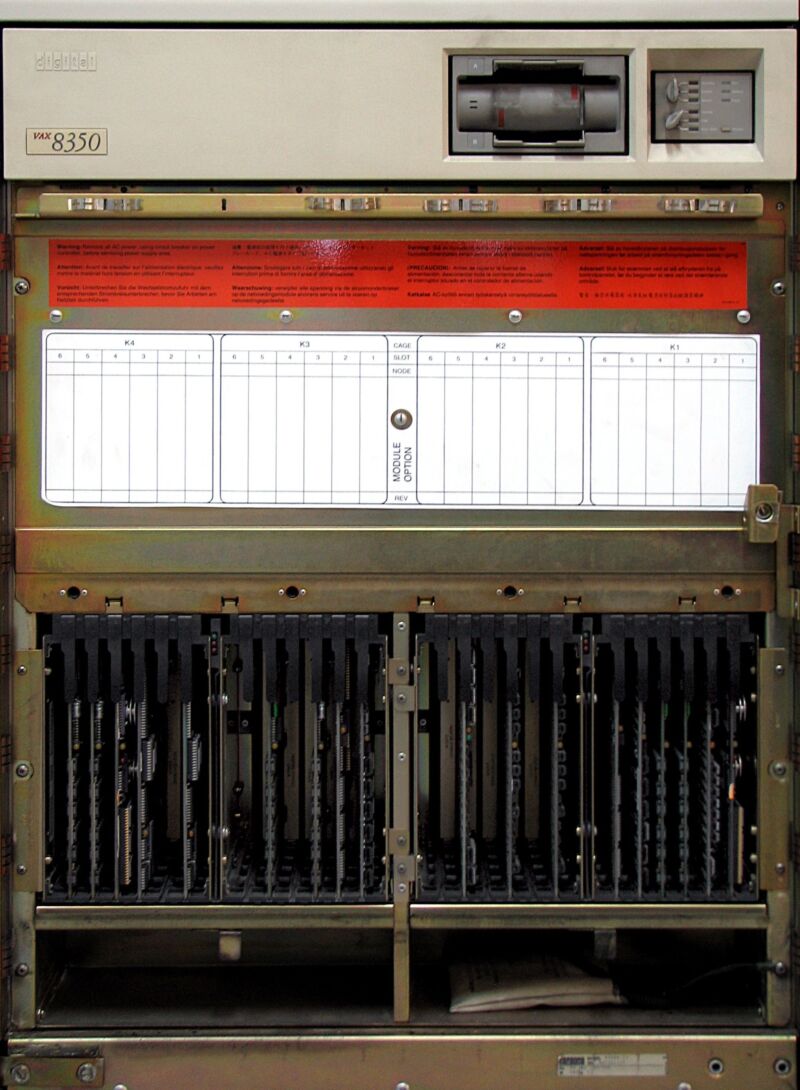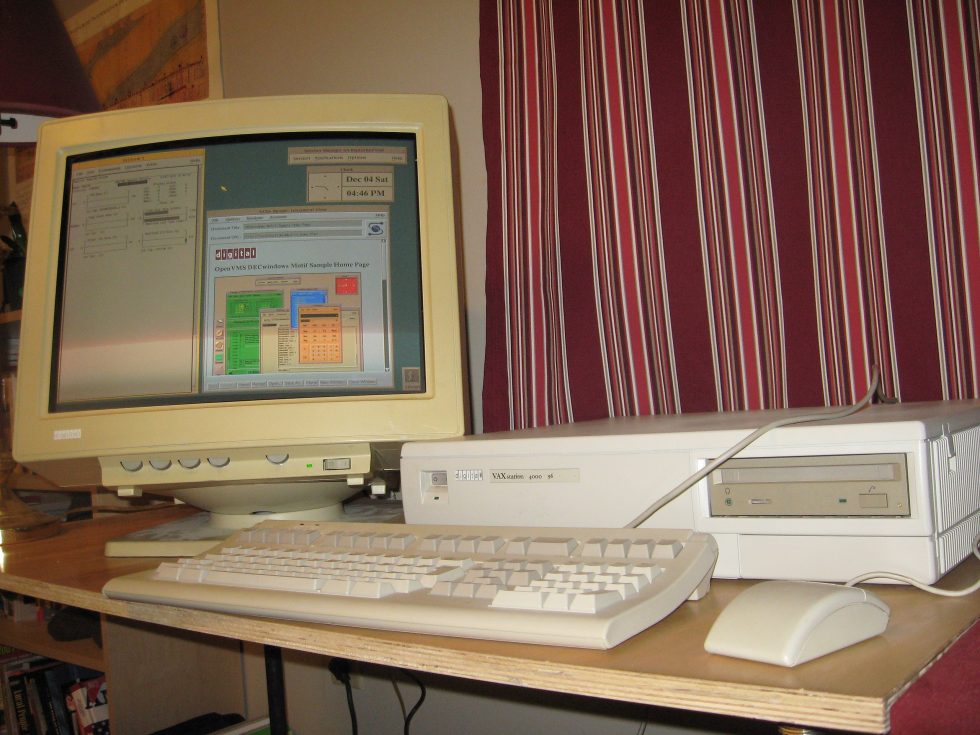
Even though very few of the early players in technology still exist, we use their creations to this day. Bell Labs created the transistor, and Fairchild Semiconductor created the integrated circuit, but neither company is still around. So is the case with Digital Equipment Corporation (DEC). It no longer exists, but unless you're using a handheld device to read this article, you're using a descendant of DEC technology.
DEC was founded in 1957 by Ken Olsen, Harlan Anderson, and H. Edward Roberts to build small digital modules, but the team soon discovered that they could use those modules to build minicomputers—computers that were smaller and less powerful (but cheaper) than mainframes, which were the business standard at the time.
In 1977, DEC introduced the VAX, a new line of minicomputers that featured a 32-bit instruction set architecture and virtual memory. Its operating system, VMS, was a multi-user, multitasking OS that provided features we now take for granted, including virtual memory, file sharing, and networking. It amassed a wide variety of third-party software packages that made it the most popular system in its class.
In the late 1980s and early '90s, Andy Green ran a bulletin board system (BBS) and later an Internet service provider called Intelecom Data Systems (IDS) on a VAX 11/730 (later a VAXstation 4000) server in the basement of his parents’ house in Rhode Island. IDS had seven lines—unheard of at the time—and users could talk in a real-time chat room. All of this was written by Green in VAX BASIC. Today, Green is the owner and CEO of Acme Atronomatic, developer of the MyRadar mobile app.

Green was exposed to the VAX through work and had picked up an old VAX 11/730 and started tinkering. He had previously run a BBS on a TRS-80, but the VAX, with its multitenancy, allowed for multiple concurrent users.
“Prior to [IDS], the PC or TRS-80 were only engineered originally to be single-user, and they weren't set up to be multi-user,” Green told Ars. “The fact that VAX and VMS in general were designed for [multiple users] from the scratch is what facilitated the multi-user aspect.”
The VAX served DEC well throughout the '80s and into the '90s, but as the latter decade went on, DEC began to face stiff competition from UNIX vendors, particularly Sun Microsystems. DEC struggled to change with the times, and the company ultimately failed. In 1998, DEC was acquired by Compaq, and in 2001, Compaq was acquired by Hewlett-Packard. The DEC line, including the VAX/VMS system, was discontinued and faded from the market.
And yet it lives on today. Here’s how.
VMS=WNT
VMS was popular because DEC supported it so thoroughly. It had a user-friendly interface and powerful command-line tools, and it was one of the first operating systems to support networking protocols, including TCP/IP, DECnet, and SNA. It had a powerful file system that supported hierarchical directories and file permissions, and it was highly customizable.
In 1988, a senior VMS engineer named David Cutler joined Microsoft to lead the development of the Windows NT operating system. Windows NT was a major departure from previous Microsoft operating systems, as it was a 32-bit, multi-user, multitasking OS. Windows client, still finding its way to usability, was a 16-bit layer that ran over MS-DOS. It wasn’t really an operating system; it was more like a program launcher.
Windows NT launched in 1993 with version 3.1, matching the desktop version of Windows, which had also just been released. But while Windows 3.1 finally got it right, NT 3.1 was a bit too heavy for the PCs of the day, and it was recast as a server operating system.
reader comments
456